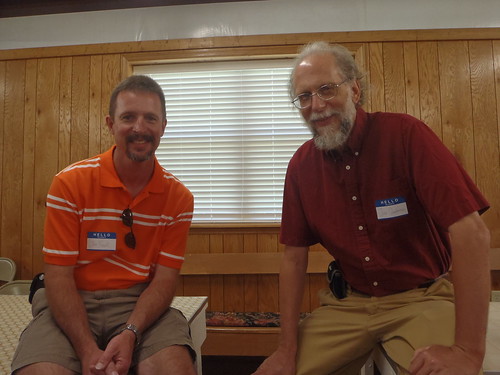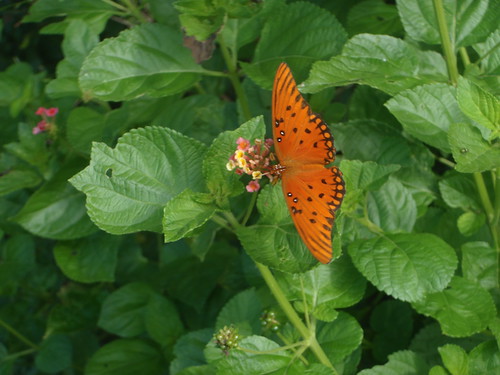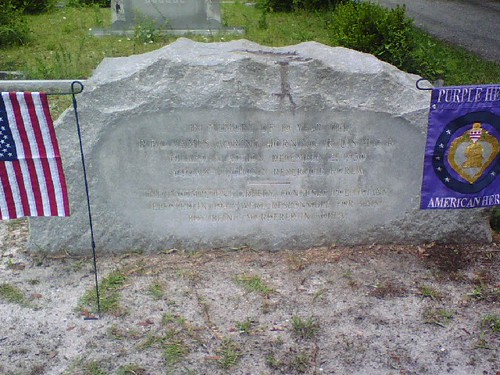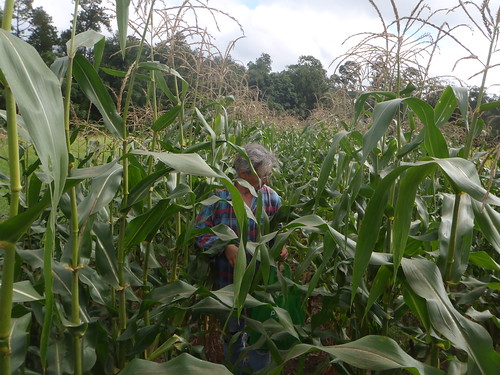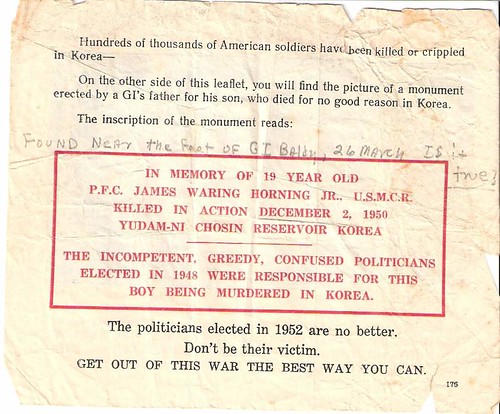 Gretchen found this one, too (think I can get her to blog?).
Judi Gerber writes about
Why Saving Farmland Is So Important:
Gretchen found this one, too (think I can get her to blog?).
Judi Gerber writes about
Why Saving Farmland Is So Important:
…without local farms, there’s no local food, or, as the American Farmland Trust (AFT) puts it: “No Farms, No Food.”.
And it’s not even just food:
Farmland is green space, even though most people don’t think of it that way. It is a significant contributor to environmental quality. As AFT states, “Farm and ranch lands provide food and cover for wildlife, help control flooding, protect wetlands and watersheds, and maintain air quality. They can absorb and filter wastewater and provide groundwater recharge. New energy crops even have the potential to replace fossil fuels.”
And there’s more:
Farmland provides fiscal stability to local governments and boosts the economy. It does this by contributing to a community’s infrastructure and helps a local economy through sales, job creation, and support services or businesses.There are some plans afoot about agrotourism in Lowndes County.One of the most unique of these support services is tourism, or more specifically, agri-tourism. There are plenty of places that people visit to see rural scenery or to enjoy the food or drink of a specific region including the wineries in California’s Napa Valley, or popular farm stays like those found in Italy, and increasingly, here in the United States.
-jsq


